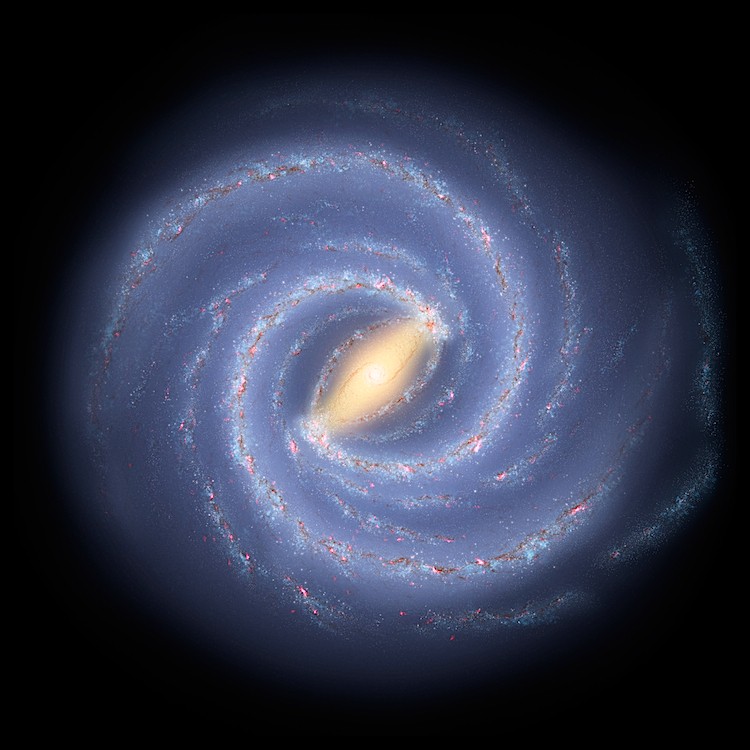Two streams of stars have been pinpointed in our Southern Galactic hemisphere emanating from the neighboring dwarf galaxy Sagittarius, and are connected with two known streams in the Northern Galactic hemisphere, according to data from the latest Sloan Digital Sky Survey (SDSS-III)
The Milky Way has been engorging its dwarf neighbors, with Sagittarius once being one of its brightest satellites. Now, the dwarf galaxy is a remnant on the far side of our galaxy, disintegrating due to huge tidal forces. It has lost all of its gas and half of its stars over the last 1 billion years.
“We have long known that when small dwarf galaxies fall into bigger galaxies, elongated streams, or tails, of stars are pulled out of the dwarf by the enormous tidal field,” said study co-author Sergey Koposov of Cambridge University in a press release.
Previously, SDSS images showed that Sagittarius had a forked tidal tail in the Northern Galactic sky.
“That was an amazing discovery, but the remaining piece of the puzzle, the structure in the South, was missing until now,” said co-author Vasily Belokurov, also at Cambridge University, in the release.
The astronomers analyzed density maps of more than 13 million stars surveyed, and found that the southern Sagittarius stream is also divided with a wider brighter stream next to a thinner fainter one.
The brighter stream has a higher abundance of metals like iron and other metals, possibly because it is younger as metals are lost with each new stellar generation.
“Sagittarius is like a beast with four tails,” said co-author Wyn Evans of Cambridge University in the release.
The splitting could have arisen if the dwarf galaxy was once part of a binary galactic system, like the Large and Small Magellanic Clouds, with each forming a leading and trailing tail when falling into the Milky Way.
“Perhaps the Sagittarius dwarf galaxy has suffered an encounter with an object in the game of Galactic billiards,” said co-author Geraint Lewis of Sydney University in the release.
“Maybe a collision with a massive clump of dark matter, or even another satellite galaxy, has split each of the streams into two.”
Alternatively, debris from Sagittarius may have spread into different streams during different time periods.
“I have been running hundreds of simulations of the disruption of the Sagittarius dwarf and this idea looks very plausible,” said co-author Jorge Penarrubia of the IAA, Granada, in the release.
The four tails of Sagittarius will improve our understanding of our own galaxy’s structure and formation.







